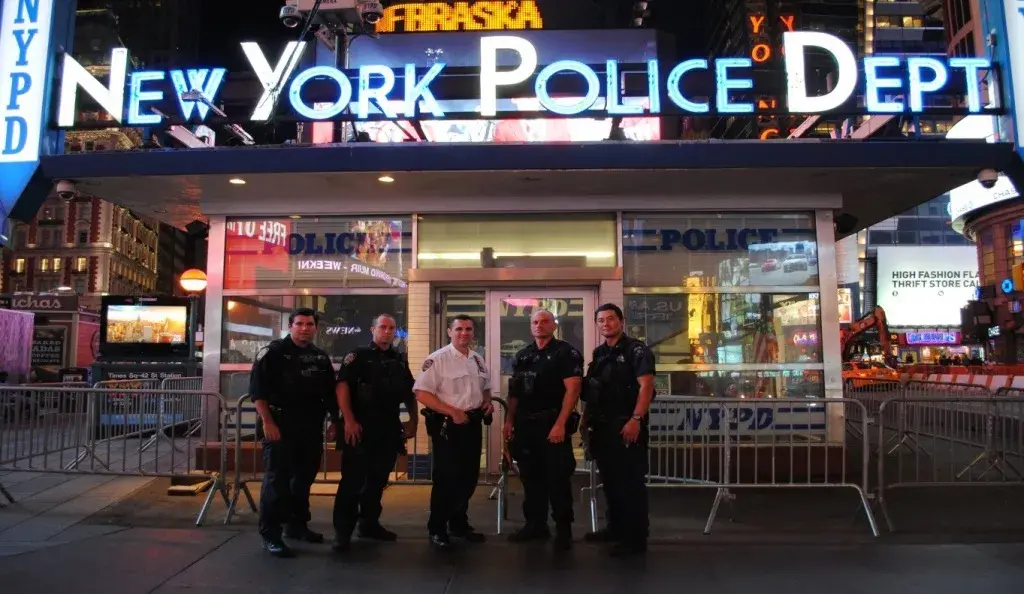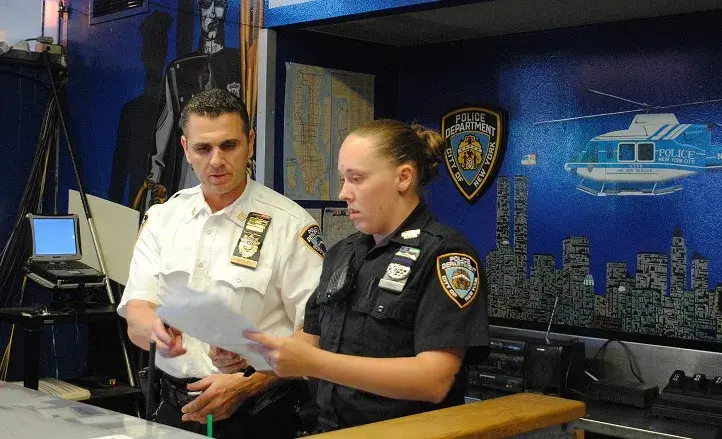The U.S. Department of Homeland Security (DHS) Science and Technology Directorate’s (S&T) First Responders Group (FRG) relies on experienced emergency response and preparedness professionals to guide its research and development efforts. The First Responder Resource Group (FRRG) fills that role. An all-volunteer working group, the FRRG helps S&T maintain focus on the top-priority needs of responders across the nation. This series highlights several FRRG members, offering a glimpse into their daily responsibilities, as well as their ongoing support of S&T technology development.

Today, Dooley serves with NYPD‘s Manhattan South Narcotics, VICE, and Gang Squads. “My expertise is in investigations—more specifically people networks. I am responsible for all criminal investigations into narcotics, prostitution, gambling, human trafficking, and gang crime south of Central Park in one of the most recognizable and complex cities in the world,” Dooley said.
As a police captain, Dooley starts his day by checking the roll calls and assessing what his teams did the previous day, for example, if they’ve arrested anyone of particular interest or made any notable seizures. Then, they go over their various cases and come up with strategies that fit a particular investigation. For Dooley’s team, there are many law enforcement tools, and the key is to find out which one will work best. This is no easy task.
Criminals rarely act alone. Everyday Dooley and his team connect the dots in order to take down drug and gang crews and help keep the community safe. Dooley stays informed and is constantly looking for new ways to resolve his cases. One thing he always keeps in mind is that he’s not alone. Through the FRRG, he is able to connect with fellow responders from other agencies and disciplines who may have insights into the technology capability gaps his team grapples with daily.
In January 2016, FRG Program Manager Milt Nenneman reached out to him and filled Dooley in on FRRG. Dooley examined the application material and the website and was immediately sold. It turned out that FRRG was exactly what he was looking for.
 Dooley had the opportunity to connect with the team at DHS S&T’s National Urban Security Technology Laboratory (NUSTL) in New York City. He was amazed by the lab’s capabilities and the projects NUSTL has in the pipeline. To him, first responders are lucky to have labs such as these staffed with dedicated professionals.
Dooley had the opportunity to connect with the team at DHS S&T’s National Urban Security Technology Laboratory (NUSTL) in New York City. He was amazed by the lab’s capabilities and the projects NUSTL has in the pipeline. To him, first responders are lucky to have labs such as these staffed with dedicated professionals.
“For years, as an end user of tech, I often complained about some of the tools and programs I was given to do my job. But by the time it got to me, my agency had already invested. It was very frustrating,” Dooley explained. “FRRG offers me a chance to stop complaining and do something. As a group member, I get an opportunity to provide practitioner input in the crucial technology development stages. I applied immediately.”
Dooley took part in his first FRRG meeting at the annual conference in Washington July 2016. “It was a humbling experience to say the least. I hoped my experience as a first responder, as a practitioner, would contribute to the betterment of the group in some way or another,” said Dooley.
He met other first responders from a wide variety of agencies and disciplines, highly trained, highly skilled, and most of all passionate about their work. He recognized that this was a group committed to making technology better and safer for first responders. They knew the problems and were actively working towards solutions. Dooley found it was easy to connect with his fellow FRRG members.
“I was so proud of the talent and the professionalism on display within the FRRG. Meeting and interacting with such an experienced collection of people gave me hope that there was no problem too great that we could not tackle together. And we set off to do just that,” said Dooley.
Check back soon for additional FRRG member spotlights. For more information on how to become a member of the FRRG, contact first.responder@hq.dhs.gov.
